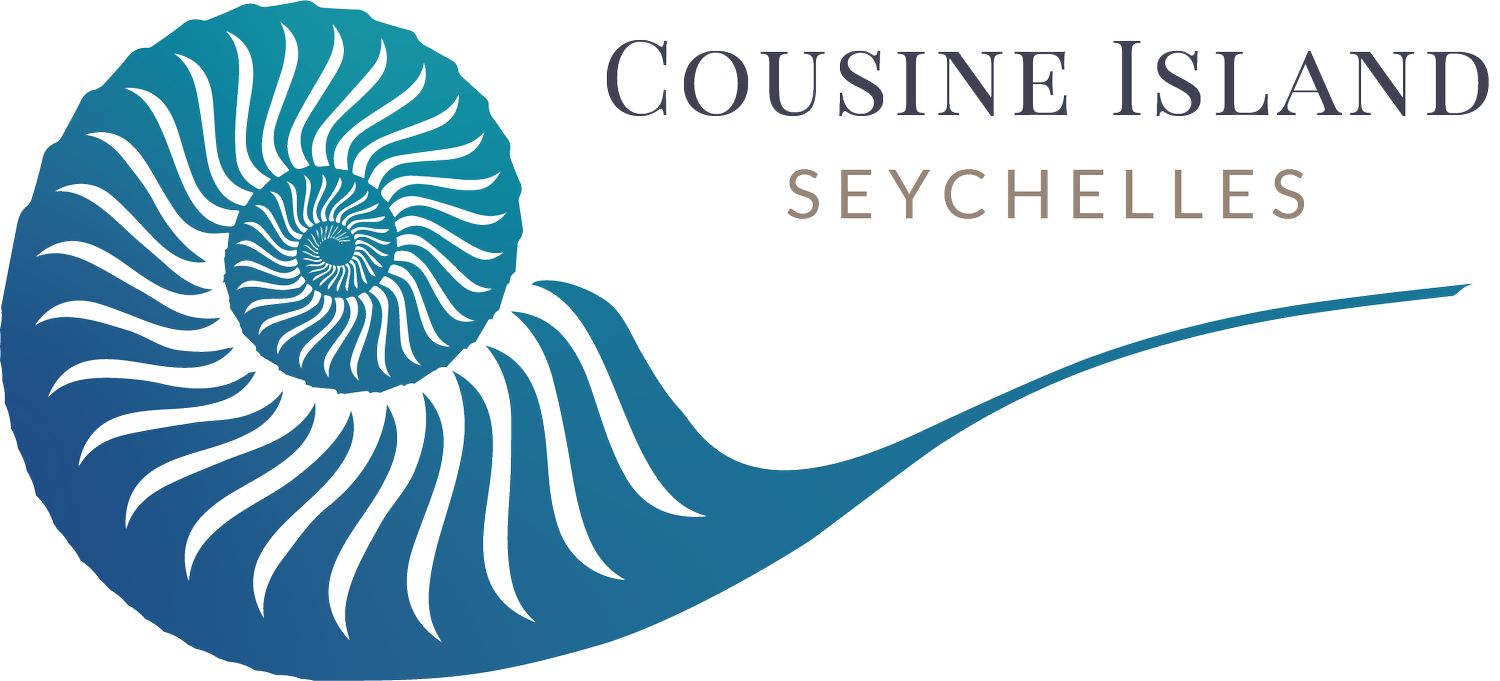Poison Beauty: Greet the Geography Cone (from afar)
The geography cone (Conus geographus) is a strikingly beautiful yet deadly predator found in the tropical Indo-Pacific reefs, including Cousine Island. Its shell, resembling snow-capped mountains, often washes ashore on Cousine's beaches, captivating visitors with its aesthetic appeal.
This species is a formidable hunter, preying on marine worms, mollusks, and small fish with precision. It employs a harpoon-like tooth, armed with venom, to immobilize its prey almost instantly. This venom, though potent, isn't used for defense against humans but for efficient prey capture.
The geography cone snail is highly dangerous; live specimens should be handled with extreme caution.[3] C. geographus has the most toxic sting known among Conus species and there are reports for about three dozen human fatalities in 300 years.
Despite its modest size—typically growing between 10 and 15 cm (4-6 inches)—the geography cone's venom poses a serious threat to humans. There is currently no antivenom available, making encounters potentially fatal. Understanding and respecting their presence on Cousine Island underscores the importance of conservation efforts and responsible exploration of its diverse marine ecosystems.
Encounters with the geography cone serve as a reminder of the delicate balance of nature and the awe-inspiring adaptations found within it. Visitors to Cousine Island are encouraged to appreciate these creatures from a safe distance, ensuring both their safety and the continued preservation of this unique species and its habitat.


